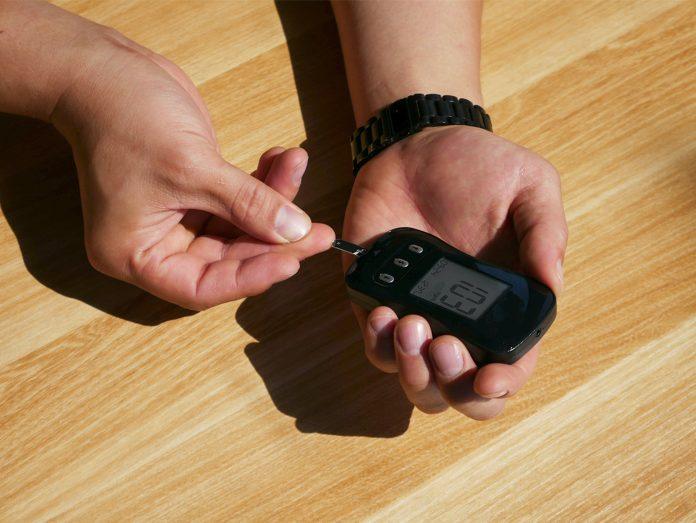The Freestyle Libre 3 sensor is an essential tool for continuous glucose monitoring, providing users with convenient and non-invasive glucose readings. However, sensor errors can occur, leading to inaccurate readings or device malfunction. In this guide, we’ll explore seven possible causes of Freestyle Libre 3 sensor error and how to address them effectively.
1. Sensor Placement Issues
Improper site selection can lead to inaccurate readings as areas with thick skin or muscle are unsuitable. Poor adhesion of the sensor to the skin may cause it to become dislodged or loose, resulting in errors.
2. Sensor Calibration Problems
Failing to calibrate the sensor properly with fingerstick glucose measurements can lead to discrepancies between sensor readings and actual glucose levels. Over time, sensor drift may occur, causing the sensor’s calibration to become inaccurate.
3. Interference from External Factors
External pressure or compression on the sensor site, such as tight clothing or sleeping positions, can interfere with sensor accuracy. Exposure to extreme temperatures, either hot or cold, can affect sensor performance.
If you want to read more blogs then you can visit: Fortunebn
4. Sensor Malfunction
Rarely, manufacturing defects in the sensor itself can result in errors or malfunctioning of the device. Using an expired sensor or one nearing its expiration date can lead to unreliable readings and errors.
5. User Error
Improper installation or activation of the sensor by the user can result in errors. Failure to follow proper sensor care and maintenance instructions can lead to premature sensor failure or errors.
6. Software or Firmware Issues
Using outdated reader software or mobile app firmware may cause compatibility issues and errors. Occasional software bugs or glitches in the reader or app interface can lead to sensor errors.
7. Underlying Health Conditions
Dehydration or overhydration can affect interstitial fluid glucose levels, potentially leading to sensor errors. Skin conditions such as eczema or psoriasis can interfere with sensor adhesion and accuracy.
Conclusion
While the Freestyle Libre 3 sensor is generally reliable, sensor errors can occur due to various factors. By understanding the potential causes of sensor errors and taking proactive steps to address them, users can minimize the risk of inaccurate readings and ensure optimal performance of their CGM system. If persistent sensor errors occur despite troubleshooting efforts, users should contact their healthcare provider or the manufacturer for further assistance. Regular sensor maintenance, proper calibration, and attentive monitoring are key to maximizing the accuracy and reliability of the Freestyle Libre 3 sensor for effective diabetes management.


